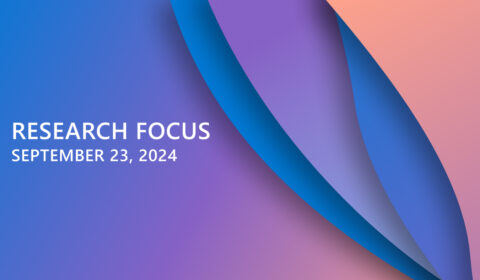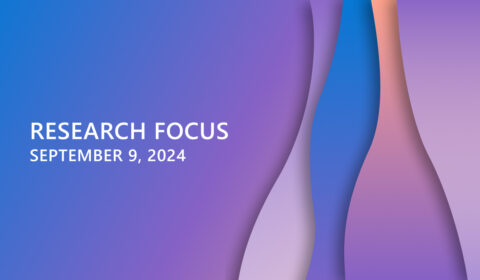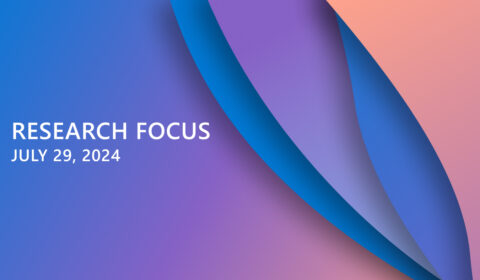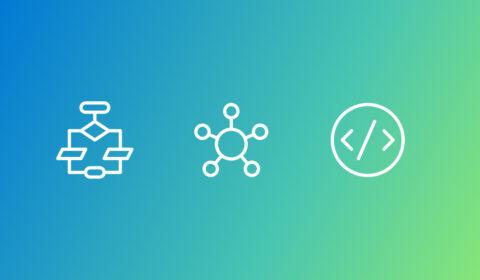新闻与深度文章

Welcome to Research Focus, a series of blog posts that highlights notable publications, events, code/datasets, new hires and other milestones from across the research community at Microsoft. Time-series forecasting is a technique used to predict future values based on previously…

Investigating vulnerabilities in LLMs; A novel total-duration-aware (TDA) duration model for text-to-speech (TTS); Generative expert metric system through iterative prompt priming; Integrity protection in 5G fronthaul networks:

| Robert Osazuwa Ness
Medfuzz tests LLMs by breaking benchmark assumptions, exposing vulnerabilities to bolster real-world accuracy.

This talk introduces Phi-3-Vision, an advanced and economical open-source multimodal model. As a member of the Phi-3 model family, Phi-3-Vision enhances language models by integrating multisensory skills, seamlessly combining language and vision capabilities.

Learn what’s next for AI at Research Forum on Sept. 3; WizardArena simulates human-annotated chatbot games; MInference speeds pre-filling for long-context LLMs via dynamic sparse attention; Reef: Fast succinct non-interactive zero-knowledge regex proofs.

What’s Your Story: Lex Story
| Johannes Gehrke 和 Lex Story
Model maker and fabricator Lex Story helps bring research to life through prototyping. He discusses his take on failure; the encouragement and advice that has supported his pursuit of art and science; and the sabbatical that might inspire his next…

In this issue: Skeleton Posterior-guided OpTimization (SPOT) exhibits potential in various causal discovery tasks; Using visual imagery for an EEG-based brain–computer interface; Developing human-centered AI systems to assist creative professionals.
Redmond opens up to discuss its new tool, which can extract data from unstructured text using large language models. Microsoft’s GraphRAG is a new approach to Retrieval-Augmented Generation (RAG) that Redmond has described a “significant advance in enhancing the capability…

| Ching-An Cheng, Adith Swaminathan, 和 Allen Nie
Introducing Trace, Microsoft and Stanford University’s novel AI optimization framework, now available as a Python library. Trace adapts dynamically and optimizes a wide range of applications from language models to robot control.

